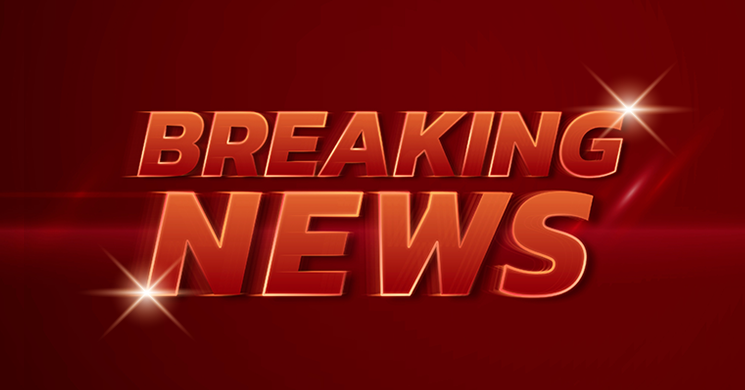Investing.com -- Prime Minister Mark Carney is preparing to announce Canada’s largest increase in defense spending since World War II, a move that will accelerate the country’s alignment with NATO’s military investment targets. According to The Globe and Mail, the spending surge will enable Ottawa to hit the 2% of GDP threshold this fiscal year, years ahead of the previous government timeline.
The policy shift is expected to be detailed during a speech Monday at the University of Toronto’s Munk School of Global Affairs, where Mr. Carney will unveil a wide-ranging defense and security investment plan. Two senior government officials told The Globe and Mail that the initiative will include rapid procurement of military equipment and technology aimed at strengthening Canadian sovereignty and NATO obligations.
The spending increase, reportedly amounting to tens of billions of dollars, marks a dramatic change from earlier federal projections that targeted 2032 as a realistic timeframe for achieving the NATO benchmark. The measures come amid mounting geopolitical tensions and criticism from allies that Canada has not kept pace with global defense commitments.
In a recent report, NATO estimated Canadian defense spending at 1.45% of GDP for 2024, still well below the alliance’s current 2% target. The U.S., particularly during Donald Trump’s presidency, has often pressed Canada and other members to increase their military outlays, accusing allies of under-contributing to collective defense.
The proposed investment will cover a broad range of priorities, including improved compensation for Armed Forces personnel, acquisition of new aircraft, drones, and Arctic monitoring systems, and upgrades to naval and air capabilities. Health care infrastructure and support for military families will also be expanded under the plan.
Carney’s plan is also expected to contain substantial funding to enhance domestic defense manufacturing and develop advanced technologies in cyber, artificial intelligence, space, and quantum computing. The strategy aims not only to meet NATO’s current 2% guidance, but to prepare for potential future benchmarks discussed for the June 24-25 summit at The Hague that could raise the bar to 3.5% of GDP.
The sudden acceleration contrasts sharply with former Prime Minister Justin Trudeau’s stance, who in 2023 projected Canada wouldn’t reach 2% until 2032. He had previously referred to the NATO target as a “crass mathematical calculation,” suggesting it overlooked qualitative contributions to the alliance.
